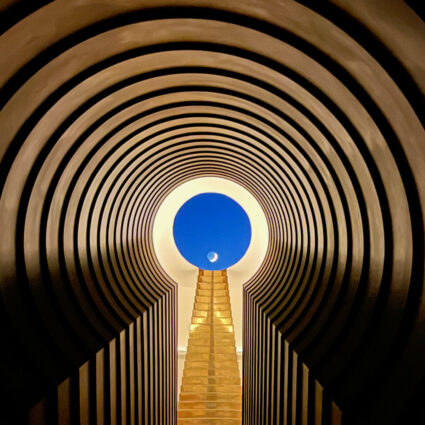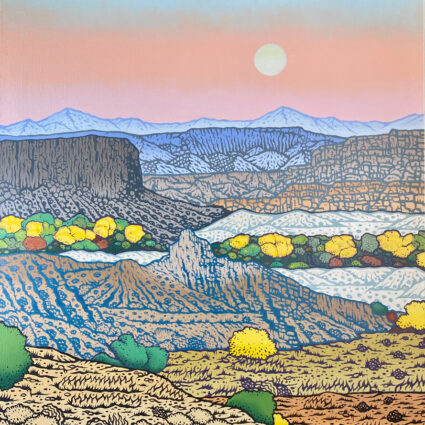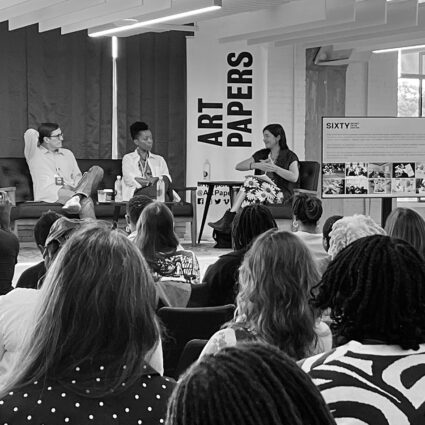Granary Arts’s Critical Ground advances a bold idea: in the Southwest arts community, the center shouldn’t hold.

Disclosure: Bianca Velasquez was a 2023 Granary Arts fellow, and received a stipend as part of her fellowship. Staff and contributors of Southwest Contemporary were also paid presenters.
Utah’s mainstream art history is easy to trace, with the Utah Museum of Fine Arts striking the match in 1914, Art Barn and what is now known as the Utah Museum of Contemporary Art introducing contemporary art in 1931, and the Springville Museum of Art (an offshoot of the 100-year-old Spring Salon exhibition series) following in 1937. Each institution served as a cornerstone establishing the presence of the art world’s many facets within Utah culture and setting the scene for more diverse museums and galleries such as Mestizo Arts (where I serve as curator and event organizer) and Medium Gallery to build on that initial work. But the question about what constitutes a “center for art” in Utah is a much more complicated question with a nuanced answer.
The event Critical Ground—hosted in summer 2023 by Granary Arts in Ephraim, Utah, which is located in the actual geographical center of Utah—challenged the very idea of “the center” by bringing together artists, critics, writers, curators, and arts administrators from around Utah and beyond into discussion. Kicking off in 2019, this experimental initiative was created by Granary Arts executive director Amy Jorgensen. New York arts critic Darren Jones, who makes room for conversation on art outside of the hubs of New York and Los Angeles, was the visiting Granary Arts Fellow.
“Critical Ground explores the impact of art criticism and the democratization of art critique through the sharing of ideas and experiences, with the intention of mapping an alternate way forward that is more inclusive of the spectrum of work created across the country,” says Jorgensen.
The idea of the center is complicated by our unique experiences; how to translate those experiences to transcend boundaries is akin to crafting art criticism.
During the two-day event and through its presentations and panel discussions, Critical Ground charted the ways artists are decentralizing artmaking and arts criticism from the coastal cities to then further diversify that discourse within our own arts communities. This unclogs the energy glut outward from popularized arts hubs and brings a wider lens to art all over the country and within the corners of our state. One Critical Ground panelist in particular, instructor, writer, and Southwest Contemporary contributor Hikmet Sydney Loe, focused her presentation on reconceptualizing the notion of the center, both geographically and through arts writing, and how this can lead to a richer arts ecosystem overall.
After a short but steep hike in late June 2023 to Utah’s Center Monument, which is intended to mark the center of Utah, the group gathered to seek shade and listen to Loe’s field presentation titled The Center’s Circumference. After a brief and complicated history about Utah’s territories, borders, and land ownership—for example, the various times the Nevada/Utah state line had been moved—Loe spoke about The Center Can Not Hold, an exhibition she curated with Granary Arts in which she prompted architects to create work about Ephraim as Utah’s literal geographical center.

“Identifying a center assumes consensus and shared values, a more homogenous view,” Loe said. “Each center includes a circumference, an expanding region where multiple interpretations can exist.”
This opened the conversation to questions about the significance of what stands at the center, who gets to decide where the center is or the circumference lies, and how colonization has created the infrastructure that dictates where one territory begins and another ends.
In Loe’s framework, paying attention to how the “center” is socially constructed becomes a critical responsibility, because the center holds the root of intention. For art world denizens in the audience, it was only natural to talk about the center as a place to stand and a place from which to hold perspective.
“The idea of the center is complicated by our unique experiences; how to translate those experiences to transcend boundaries is akin to crafting art criticism,” Loe said. The Center’s Circumference brought the attendees back to how our personal histories, the texture of our being, and our developing personalities mold our writing, curation, artwork, and more.
Each Critical Ground presenter brought their perspectives and the “centers” motivating their work. Prior to Loe’s presentation, staff and contributors from Southwest Contemporary participated in a panel discussion about nourishing the arts ecosystem and arts writing’s role within it. The SWC cohort broke down the publication’s goal to establish a regional hub for arts discourse, resource sharing, network building, and professional development within our Southwest arts communities, creating their circumference by building the arts ecosystem at the center—and furthering Critical Ground’s idea of pulling the focus from the coasts.
While considering the breadth of Critical Ground’s programming, Loe’s The Center’s Circumference itself served as a center. It taught the group that the center is never concrete and moves around with us as fleetingly as geographical parameters can and have changed. The center of Utah’s art community is different for each person, and the ability to move away from the homogenous concept of an arts hub is what can diversify and create inclusive, lucrative, and authentic communities in Utah and beyond.

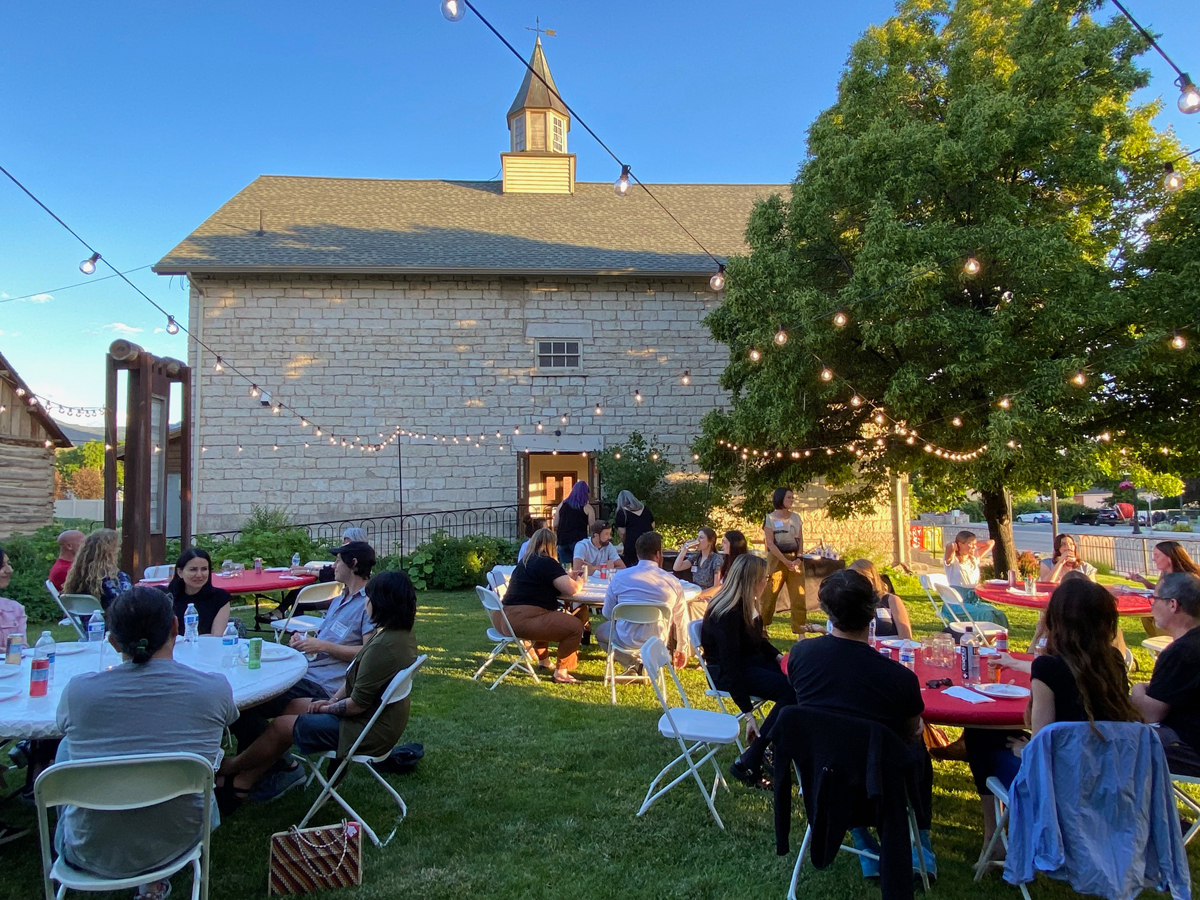
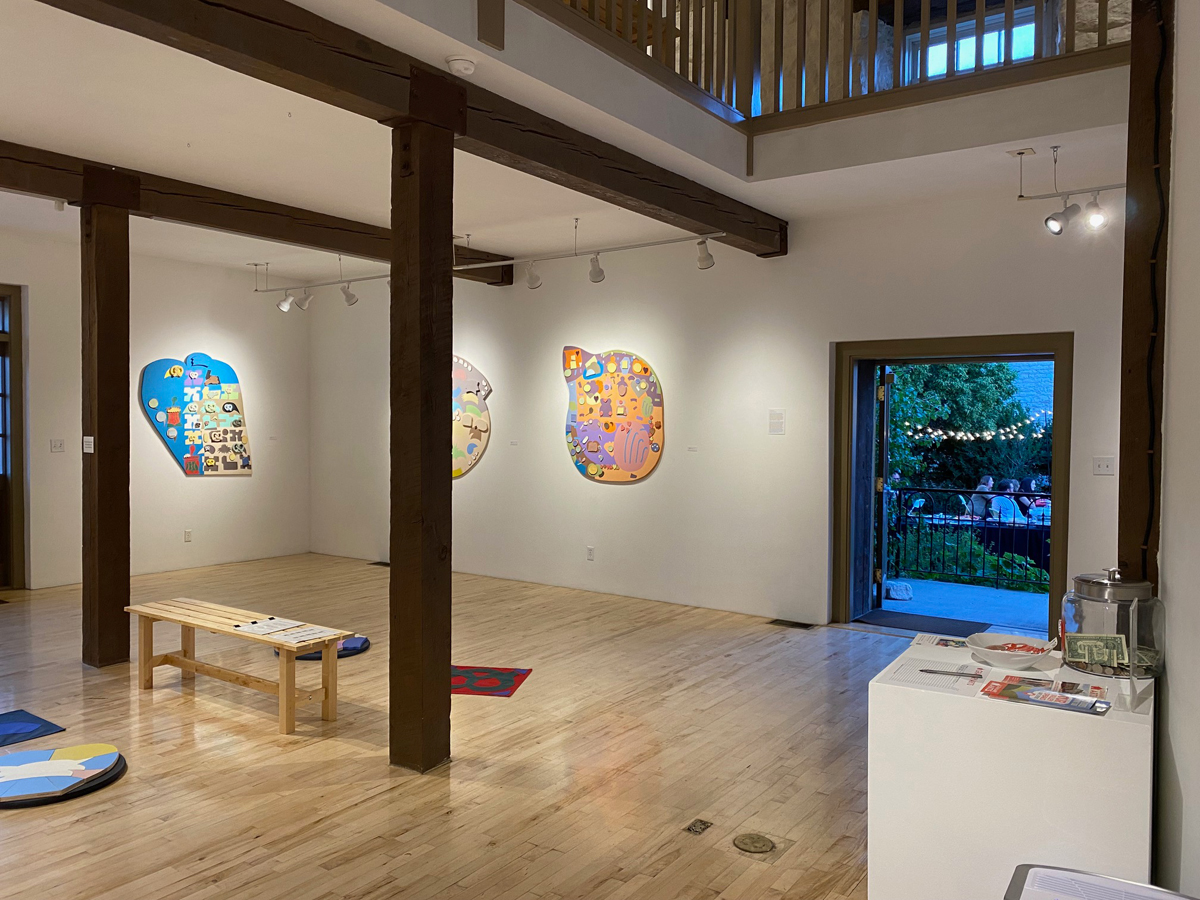
Correction 5/14/24: The Utah Museum of Fine Arts was not established in 1899; that is the founding year of the Utah Arts Council, a separate entity that is affiliated with the State of Utah. The UMFA traces its roots to 1914, with significant expansions in the late 1940s and 1951.
Correction 5/14/24: A previous version of this article incorrectly stated that Critical Ground is “based on the work” of New York arts critic Darren Jones. While Jones was a Granary Arts Fellow who participated in the first Critical Ground in 2019, Granary Arts executive director Amy Jorgensen is the creator and producer of the initiative.
